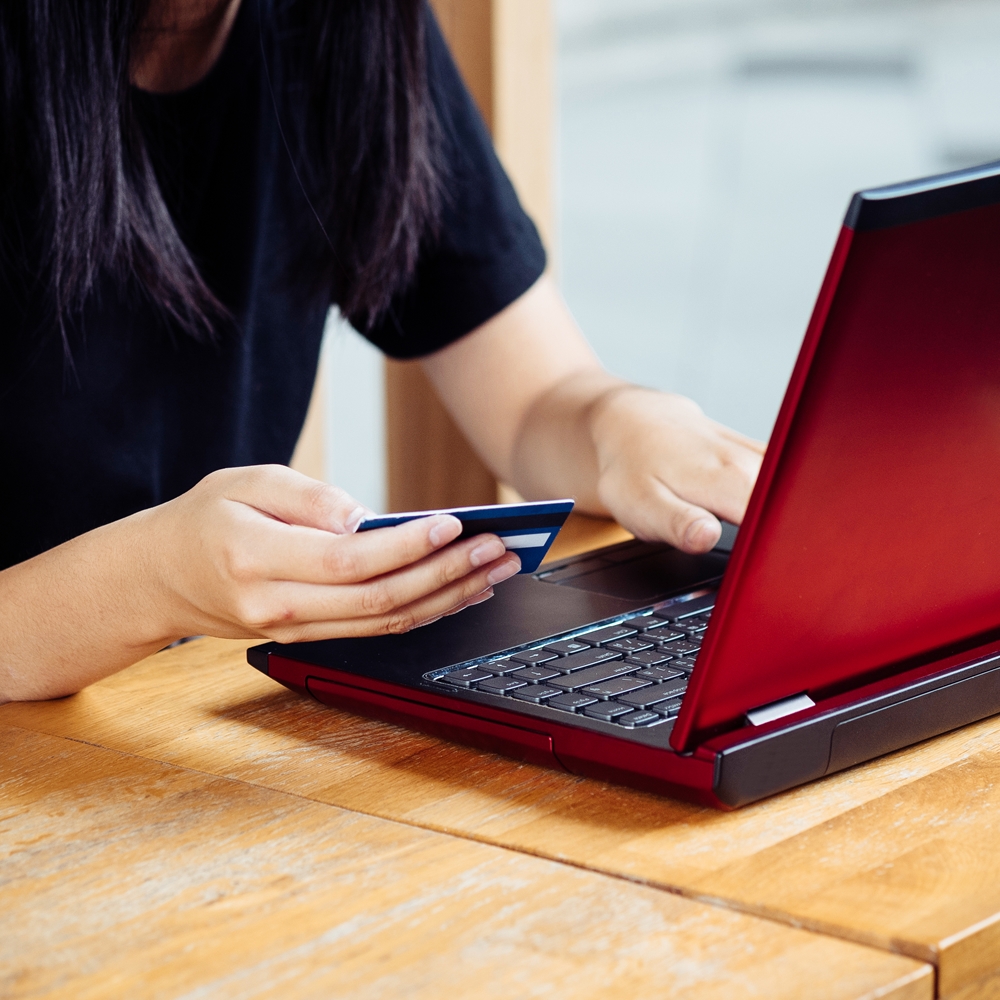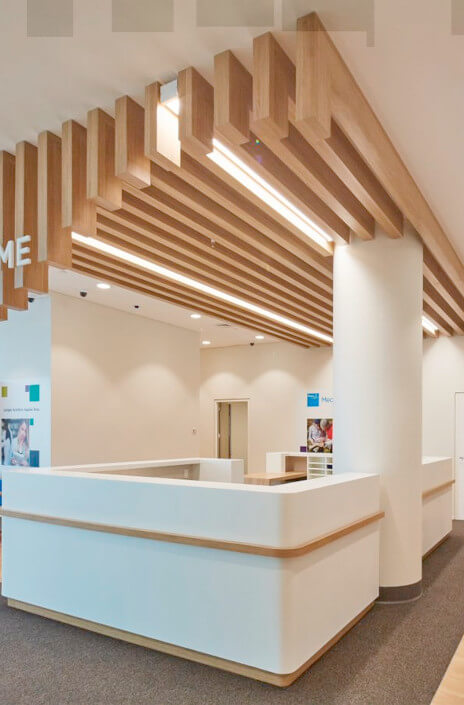
Industry commentators like Deloitte, PwC and McKinsey are predicting huge changes in the way the retail sector will function. The name of the game is using technology to provide the best customer experience. If you’re about to roll out new branches, you may be presented with an ideal opportunity to incorporate the emerging customer-centric approaches to service. In such a competitive industry, rolling out new branches might not be enough. So what are these cutting-edge technologies and models that are redefining the retail landscape and how could they improve your business?
1. Smartphone payments
In 2016, 34 per cent of shoppers preferred to shop on their mobile device, according to PwC. This is predicted to increase leading into 2018, and so having an e-tail arm to your retail business is becoming essential to ongoing success. In recent times the smartphone was merely a tool for price comparisons and store-locators. Those days are behind us now, and without functioning e-commerce, may retailers will be left behind as well.

2. Omnichannel retail
The omnichannel retail concept stems from the growing prevalence of mobile shoppers. While it’s not uncommon for a retail outlet to have a physical store as well as a digital presence, the omnichannel retail model is about providing one experience across the customer’s preferred channel. Whether this involves buying online and picking up in store, or buying in store and facilitating a return via mobile, the key is to provide a full range of services across multiple platforms that blend seamlessly into one another. Ultimately the model provides greater flexibility to the customer, which incentivises ongoing business.
3. The “new” shop floor
Over the last decade, e-commerce in the US has grown by 18 per cent a year, according to McKinsey. Here in Australia, we haven’t had as much competition as we’ve been geographically isolated from many of the biggest online retailers. Deloitte reports that in the past 12 months we’ve seen a few large scale retailers from abroad enter our marketplace, and with Amazon on the way the traditional shop-floor will need to change. There’s no blanket solution, but take the following scenario as an example.
A clothing store encourages users of their e-tail app to “make a booking” before visiting the physical store. Using data from the app regarding browsing history, the staff were able to make personalised recommendations based on the customer’s unique taste and interests. This kind of “VIP” treatment could potentially make a huge difference by providing a unique, customised experience that will encourage an ongoing relationship between shoppers and the retailer. It also allows you to make more interesting design decisions that could move away from how we typically imagine a store to look. Whether this means partitions separating one on one consultation areas, or maybe it will be designed in such a way that it can fixtures can be reorganised easily to allow for a more tailored experience.
The time to employ a new strategy is now, before the retail giants can establish themselves in Australia and before your competitors beat you to the punch. Innova are experts in site feasibility and interior design, so why not get in touch with us and discuss the kind of space you’ll require for your brand new retail locations?
